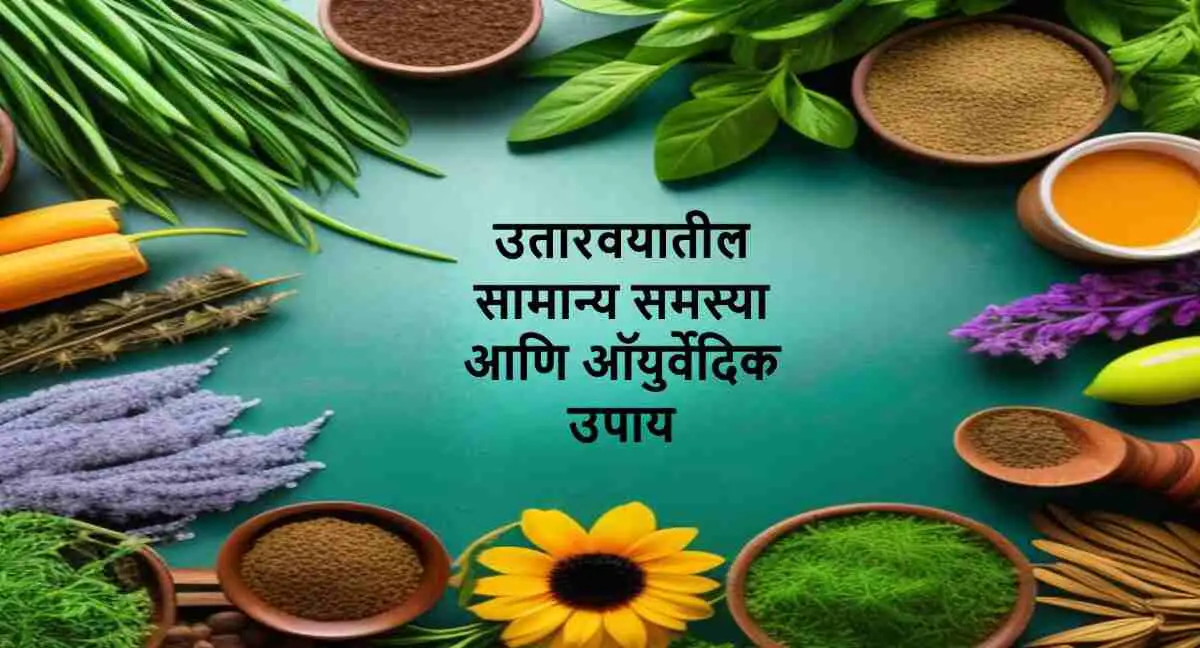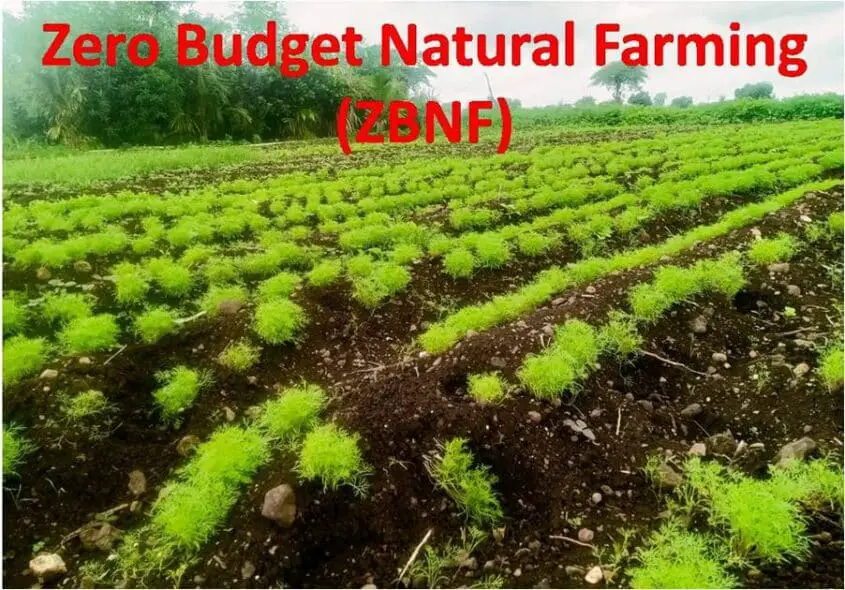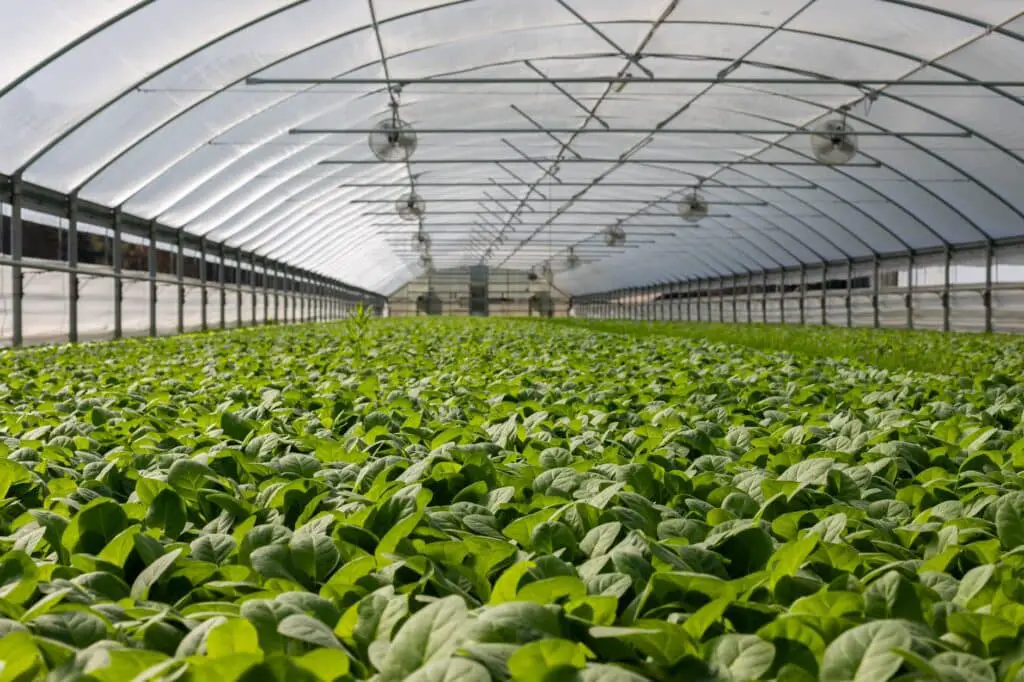Zero Budget Natural Farming: Zero Budget Natural Farming (ZBNF) is a method of farming where the cost of growing and harvesting plants is zero.
This means that farmers do not need to buy any external inputs, such as fertilizers, pesticides, or seeds, but rely on natural resources and locally available materials. ZBNF aims to enhance soil health, biodiversity, and food security, while reducing farmers’ dependence on the market and debt.
In short, ZBN, is a farming method that believes in growing crops in tune with nature. The concept was promoted by an agriculturist , Padmashri. Subhash Palekar, in the mid-1990s as an alternative to the Green Revolution’s methods driven by chemical fertilizers and pesticides and intensive irrigation. ZBNF was popularized by Subhash Palekar, an Indian agriculturist who received the Padma Shri award in 2016 for his contribution to organic farming. He developed four principles of ZBNF, which are:
Why Zero Budget Natural Farming (ZBNF) ?
According to data from the National Sample Survey Office (NSSO), over 70% of agricultural households spend more than they make, and over 50% of farmers are in debt as a result of rising costs for inputs like chemical pesticides and fertilizers. ‘Zero Budget Natural Farming (ZBNF)’
To meet the Central Government’s goal of doubling farmer income by 2022, farm expenses must be reduced, and natural farming practices like ZBNF must be promoted to lessen farmers’ reliance on expensive external inputs like chemical pesticides and fertilizers. Additionally, intercropping raises farm returns.
Principles of Zero Budget Natural Farming (ZBNF):
- No external inputs.
- Local seeds (use of local varieties)
- Microbial Seed treatment.
- Microbial inoculants for soil health.
- Cover crops for biomass mulching and bio-mass incorporation for creating a suitable micro-climate for maximum beneficial microbial activity.
- Mixed cropping.
- Integration of trees into the farm.
- Integration of livestock, especially of native breed for cow dung and cow urine as essential inputs for several practices.
- Water and moisture conservation.
Four main Elements and Model of ZBNF :
Beejamrutham: A microbial seed coating made from cow dung, cow urine, and other ingredients, which protects the seeds from pests and diseases and improves germination. Utilizing local cow dung and urine for seed treatment Since native cow species are more suited to our local climate and are easier for small and marginal farmers to manage, formulations made with their dung and urine are applied to the seeds. Bijamrita is used to treat seeds, while tobacco, green chillies, and neem leaf pulp extracts are utilized to control insects and pests. Advantages: Fungi and other diseases that are specific to seeds or soil may damage the seeds put in the field. The seeds are disease-free thanks to the “Bijamrita” seed treatment.
Jeevamrutham: A soil inoculum made from cow dung, cow urine, jaggery, pulse flour, and water, which enriches the soil with beneficial microorganisms and nutrients. A natural method for restoring the soil’s fertility and nutritional value is cow dung. There could be 300–500 crore helpful microorganisms in one gram of cow dung. These microorganisms help break down the biomass in the soil and transform it into nutrients that are readily available for crop usage. Cow pee and dung are used to make Jiwamrita. It functions as a plant’s input. It is made of a fermented microbial culture that is derived from clean soil, urine, jaggery, pulse flour, and cow dung. When added to soil, this fermented microbial culture not only acts as a catalytic agent to increase the activity of earthworms and microorganisms in the soil, but it also enriches the soil with nutrients. For every acre of land, 500 litres of jeevamrutha should be sprayed twice a month; the system should become self-sustaining after three years. 30 acres of land can be sufficiently fed by one native cow. Benefits: Rather than using artificial fertilizers, this culture will be added to the soil. This culture boosts soil microbial activity, improves plant nutrient availability, shields crops from soil diseases, and raises the soil’s carbon content.
Mulching/Achhadana: A mulching technique that involves covering the soil with crop residues, dry leaves, or straw, which prevents weed growth, soil erosion, and moisture loss, and also increases organic matter in the soil. Mulching is the practice of applying cover crops or agricultural wastes, either organic or crop wastes, to the top soil. Benefits of mulching include improved soil nutrient status, reduced evaporation loss, preserved topsoil, increased soil ability to retain water, and stimulation of soil fauna. Mulch also breaks down and generates humus.
Waaphasa (Soil Aeration): A method of maintaining soil aeration and water vapor by applying a thin layer of clay or soil over the mulch, which creates a favorable microclimate for plant growth. For plants to grow and thrive, the soil must have adequate aeration. The Zero Budget Natural Farming (ZBNF) idea is against using vermi compost because it brings the European Red Wiggler, the most frequent composting worm, to Indian soil, where it absorbs harmful metals and contaminates the soil and ground water. Benefits: Applying Jiwamrita and mulching increases soil aeration, which enhances humus content, water availability, water-holding capacity, and soil structure all of which are best for crop growth, particularly during dry spells.
Cropping Model Zero Budget Natural Farming (ZBNF) Raising poly crops, or growing the main crop combined with short- and long-duration crops, is the basis of the approach. This allows for “zero” spending for the main crop since the cost of raising the main crops is compensated by the income from the short-duration crops. Hence, this farming model is referred to as “Zero Budget Natural Farming.”
Benefits of Zero Budget Natural Farming (ZBNF) :
- It reduces the cost and risk of farming, as farmers do not have to spend money on chemical inputs or loans.
- It increases the yield and quality of crops, as the soil becomes more fertile and productive, and the crops are free from harmful residues.
- It improves the health and well-being of farmers, consumers, and the environment, as it avoids the use of toxic substances and promotes natural balance and diversity.
Government Initiatives to support ZBNF:
Through a number of programs, including the Paramparagat Krishi Vikas Yojana (PKVY) and the Rashtriya Krishi Vikas Yojana (RKVY), the Indian government has been promoting organic farming. Various organic farming models, such as Natural Farming, Rishi Farming, Vedic Farming, Cow Farming, Homa Farming, Zero Budget Natural Farming (ZBNF), etc., have been included in the revised PKVY scheme guidelines for 2018. State governments are given flexibility to adopt any model of Organic Farming, including ZBNF, based on farmer preference.
To pursue this, Union Finance Minister Nirmala Sitharaman stated in her first Budget speech that she was proposing zero budget farming, comparing it to “going back to basics”. “We need to replicate this innovative model to help farmers double their income by 2022,” the speaker stated.
Zero Budget Natural Farming (ZBNF) is currently being promoted and supported by the government of Andhra Pradesh, India, which aims to convert six million farmers to ZNBF by 2024. Zero Budget Natural Farming (ZBNF) is also being practiced by farmers in other states of India, such as Karnataka, Kerala, Maharashtra, and Tamil Nadu. Zero Budget Natural Farming (ZBNF) is considered as a potential solution for the challenges of global food security and climate change.
There are still enough studies to definitively establish that Zero Budget Natural Farming (ZBNF) is a great way to increase farmers’ income and ensure the nation’s food security, even though it is imperative that we shift to chemical-free farming and that Zero Budget Natural Farming (ZBNF), an environmentally sustainable farming method, is the right way to achieve that.
Our farmers have long practiced natural farming, but they are gradually embracing the newest technologies, which has improved both the food security of our nation and the revenue of the farmers. Therefore, before putting into practice techniques that lack scientific validation, the appropriate trials must be carried out for a suitable amount of time.










